OnePlus Nord 2 Full Hands-On Review (Part-II) | Camera Test and Final Verdict
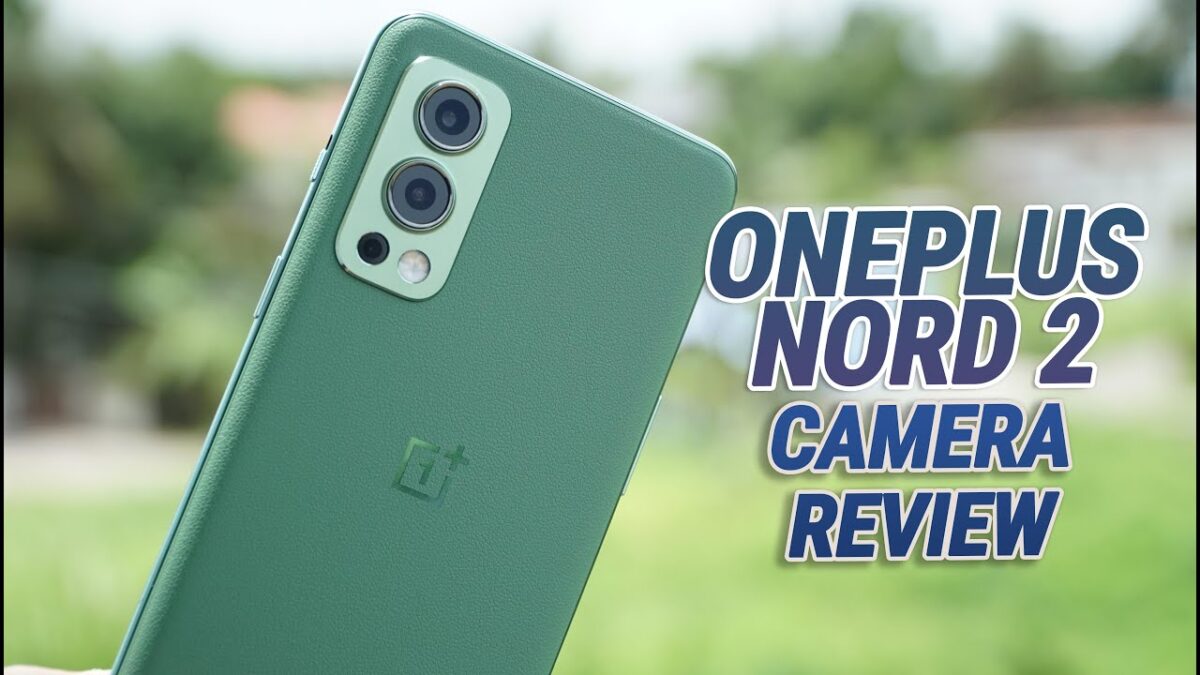
Bugs, OxygenOS vs ColorOS:
The OxygenOS 11.3 (based on Android 11) that the OnePlus Nord 2 runs are best described as ColorOS with an OxygenOS shell on top. It’s not yet full-fledged ColorOS under a different name; that will, presumably, come with the Android 12 update. ColorOS, on the other hand, unifies the underlying codebase. OnePlus Nord 2 Full Review Part-I.
So it’s back to being a middle-of-the-road OS – not quite OxygenOS, but not quite ColorOS either. And that’s perfectly acceptable. We understand that for supporters of the ‘real’ OxygenOS, this will be a contentious remark, but here’s the thing: ColorOS 11 and ColorOS 12 have routinely ranked among the most refined Android skins, offering excellent performance and a decent balance of customizability that doesn’t go crazy but still allows you to customize the experience in a variety of ways.
True, the loss of true OxygenOS would mean one less competitor in the Android skin market, and a loss of diversity is a loss. This is what we get. However, we believe that hating ColorOS due to this is unjust. Let’s not forget that OxygenOS has been increasingly problematic in recent years, presumably as OnePlus has extended its product selection. Perhaps there weren’t enough software engineers on hand to address all of the bugs, and hopefully, OnePlus’ ColorOS will one day be as bug-free as Oppo’s ColorOS has been for quite some time.
On the OnePlus Nord 2, this isn’t the case. We don’t know if the transition time is to blame. However, Do Not Disturb Mode has been broken on the Nord 2 for at least 3-4 months, during which time our unit has received three upgrades. So we can’t criticize OnePlus for its update frequency. While the security patch level isn’t always current, it was never more than a month old when we used it, which is far better than some of its competitors (cough… Xiaomi… cough).
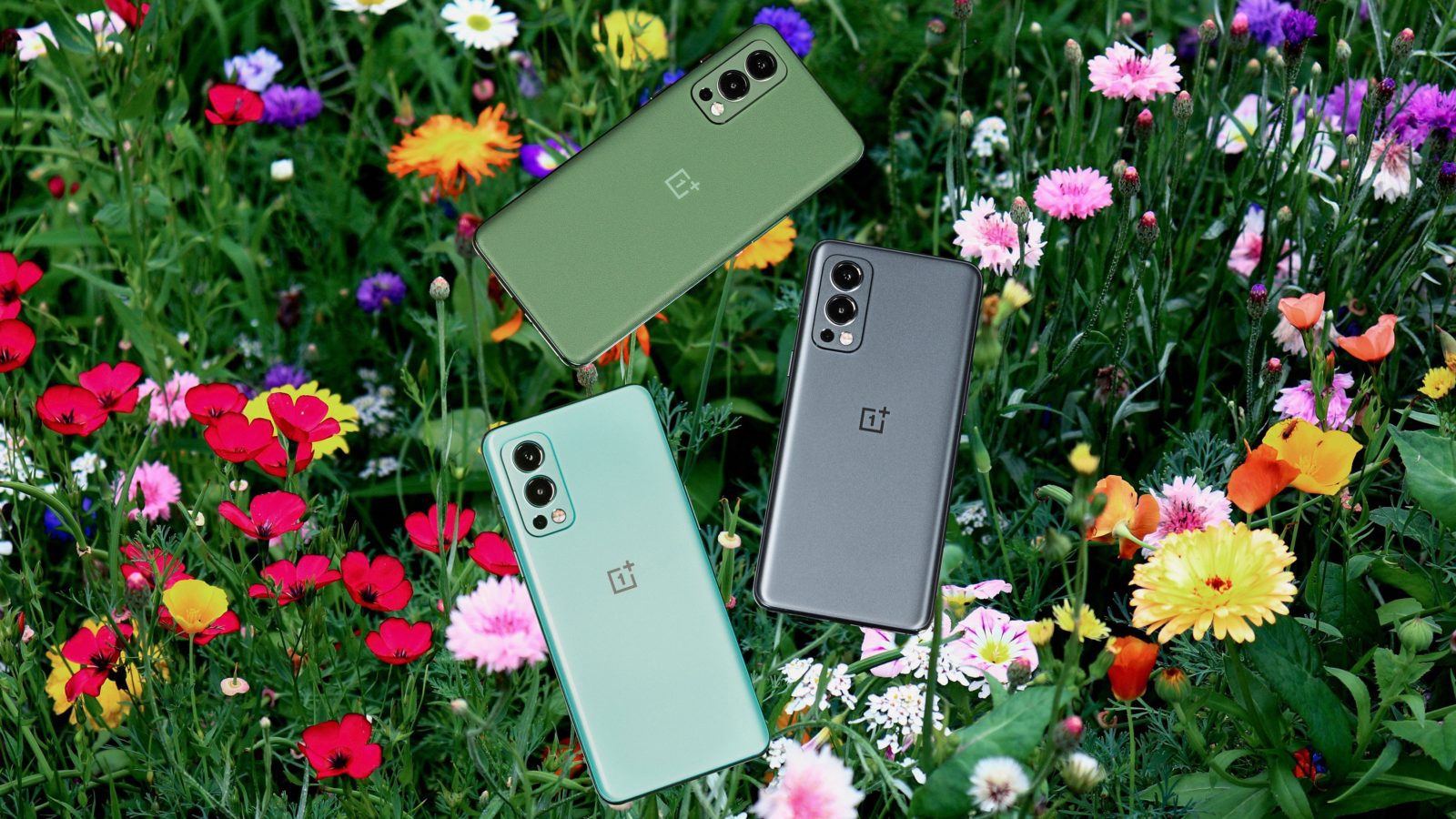
However, these upgrades sometimes address odd irritating faults while introducing new ones, and they all ignore the well-reported DND issues, as we previously said. As a result, one of the most important “it should just work” features of a modern smartphone has remained broken for months, despite OnePlus’ knowledge of the problem. That’s not an excellent impression to make.
The phone’s proximity sensor would randomly stop working when on calls after one of the updates, although this was always repaired with a reboot. Why? Who knows what will happen. Thankfully, the following update permanently corrected the problem, and we haven’t seen it since. The most recent update introduced an issue that causes the Eye comfort blue light filter function in the Phone app to stop working on occasion on the in-call screen – it works everywhere else all of the time, and on experience on the in-call screen, but not always. Why? Who knows what will happen.
YouTube has been randomly killing itself when running in the background for a long now (since the last but one update), which, dare we say, is excellent for when you’re listening to a podcast or something similar. This happens every few days and doesn’t appear to be related to how much RAM is being used; it’s even happened when YouTube was the only program running.
The most irritating bug, though, has been since the beginning of our use of the Nord 2. It is related to Bluetooth. We’re not sure if this is due to the MediaTek SoC, but when we attach a pair of earphones with a Qualcomm chipset, the right earbud always plays the music we’re listening to, but the left earbud occasionally pauses. For a few seconds, or even a few minutes at times. Then it starts playing again at random, for a few seconds or minutes… until it stops again at random.
To call this “annoying” is an understatement. Still, we’ve verified, and it only happens with TWS earbuds that employ a Qualcomm processor (regardless of the codec being used – we tested with SBC, AAC, and aptX). There isn’t a problem with earphones that use a different chipset. It took a lot of research and testing to come to that conclusion, which we assume most people wouldn’t go through, and in the end, knowing the conditions for the issue to appear doesn’t help us get rid of it in any way.
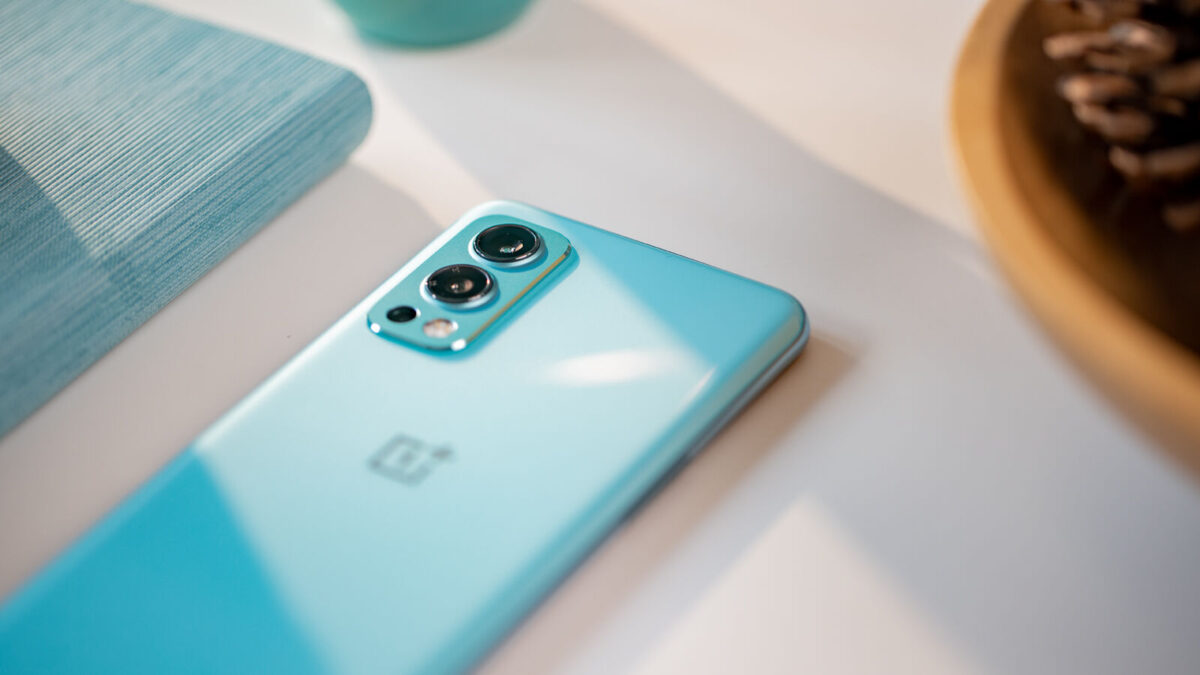
None of the Bluetooth-related options and toggles under Developer settings work – we tried all of them. Would the ordinary person be able to tell which chipset their TWS earphones use? Most likely not. Would they realize it’s not the earbuds that are to blame? We’re curious because this has never occurred to us before, even though we’ve used the same earphones with at least a dozen different phones. And we’re talking about two distinct sets of headphones, each from another manufacturer, but both having Qualcomm chipsets.
While we’re on Bluetooth, the Nord 2 has the regrettable tendency to refuse to automatically reconnect to previously connected speakers and automotive systems 9 out of 10 times, requiring you to choose the item from the Bluetooth menu manually. This has constantly happened with two portable speakers and one car system (the same ones we’ve used without problems with other iPhones before).
The point is that with the current state of the Nord 2’s software, you should expect to find random defects here and there, and while updates come frequently and sometimes cure things, they can also bring new flaws along for the ride. From a user experience standpoint, that’s not ideal.
In the Dark Mode:

The Dark mode on the Nord 2 is adequate, albeit it lacks ColorOS’ granular options (at least for now; we expect these to be included following the Android 12 release). As a result, it’s just a simple on-off switch that you may program to turn on from sunset to sunrise or according to your timetable. Reducing the contrast in low light circumstances is an additional setting that we recommend you turn on (or leave on) because it lowers eye strain when watching the display in dim light.
There’s also a beta feature that forces Dark mode for third-party apps. Still, this one has the opposite issue as MIUI’s: whereas that one applies to all apps on the phone (and is annoyingly on by default), in this version of OxygenOS, there are three apps (out of our 200+) that it could work for – AliExpress, LinkedIn, and Speedtest – which is funny because Speedtest’s UI is dark by default. The explanation for this feature’s support for only these three apps is beyond us. The basic conclusion is that, for better or worse, forcing Dark mode on whichever applications you want is out of the question here.
Personalizations:
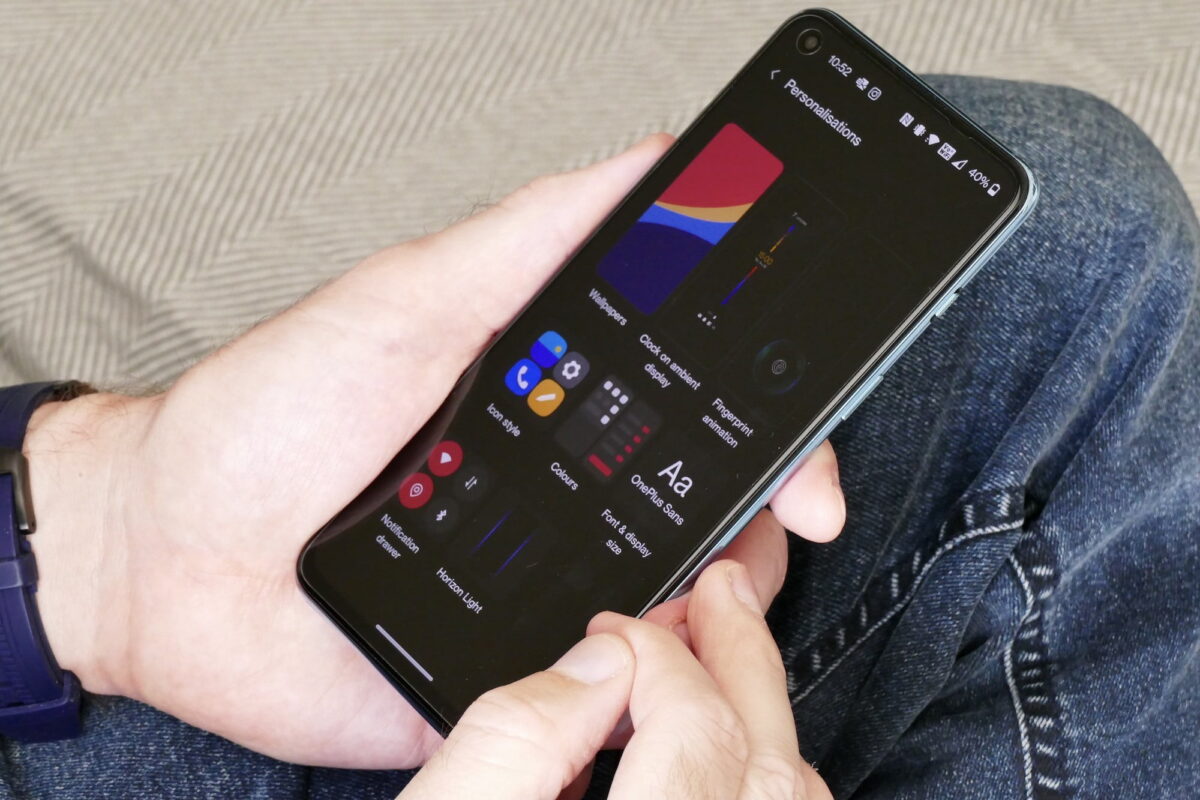
It’s an excellent idea to have all UI-related adjustments neatly collected into one section in Settings, even if this introduces some redundancy because some of the options are also available in other parts of Settings. OnePlus deserves credit for the Personalizations menu, which serves as a one-stop-shop for instantly changing the look of OxygenOS.
Wallpapers, Ambient Display settings, fingerprint animation options, icon styles, UI accent colours, typefaces and Display size settings, notification drawer icon shapes, and settings for the “Horizon light” gentle notification are all accessible from a single location. We wish more skins had features like this, where a user can rapidly move into one section and alter the design with a few touches whenever they feel like it.
Themes are lacking, while the Colors section takes care of one aspect of the theming process. On the other hand, other skins feature ready-made themes and even dedicated theme stores, which some users may miss.
Recent, Home Screen, and Gestures:

The launcher for the Nord 2 offers only the settings you’d expect. That’s a good thing in our book, but you’ll need to download a third-party launcher if you want to tweak every facet of your home screen. The OnePlus launcher, on the other hand, nails the fundamentals: it includes an app drawer, of course, but you can also do things Apple-style if you choose. Changes to icon packs are simple, as they should be.
We found the built-in launcher to be adequate for our requirements, and it was bug-free during our time with the phone, which was excellent given that OxygenOS as a whole was not. You may add the Google Discover feed to the left of your leftmost home screen, which has fast become a standard in many Android skins. As we’ve previously stated, we like this development even if you don’t.
As is typical these days, the Recent applications display consists of a horizontally scrolling series of screenshots (with only a few MIUI devices being the holdouts). There’s a big Clear All button at the bottom, which we think is worthless but will appeal to control freaks. Android’s built-in RAM management should be sufficient to eliminate the need for such buttons, but hey, if it makes you feel better, it’s there for you.
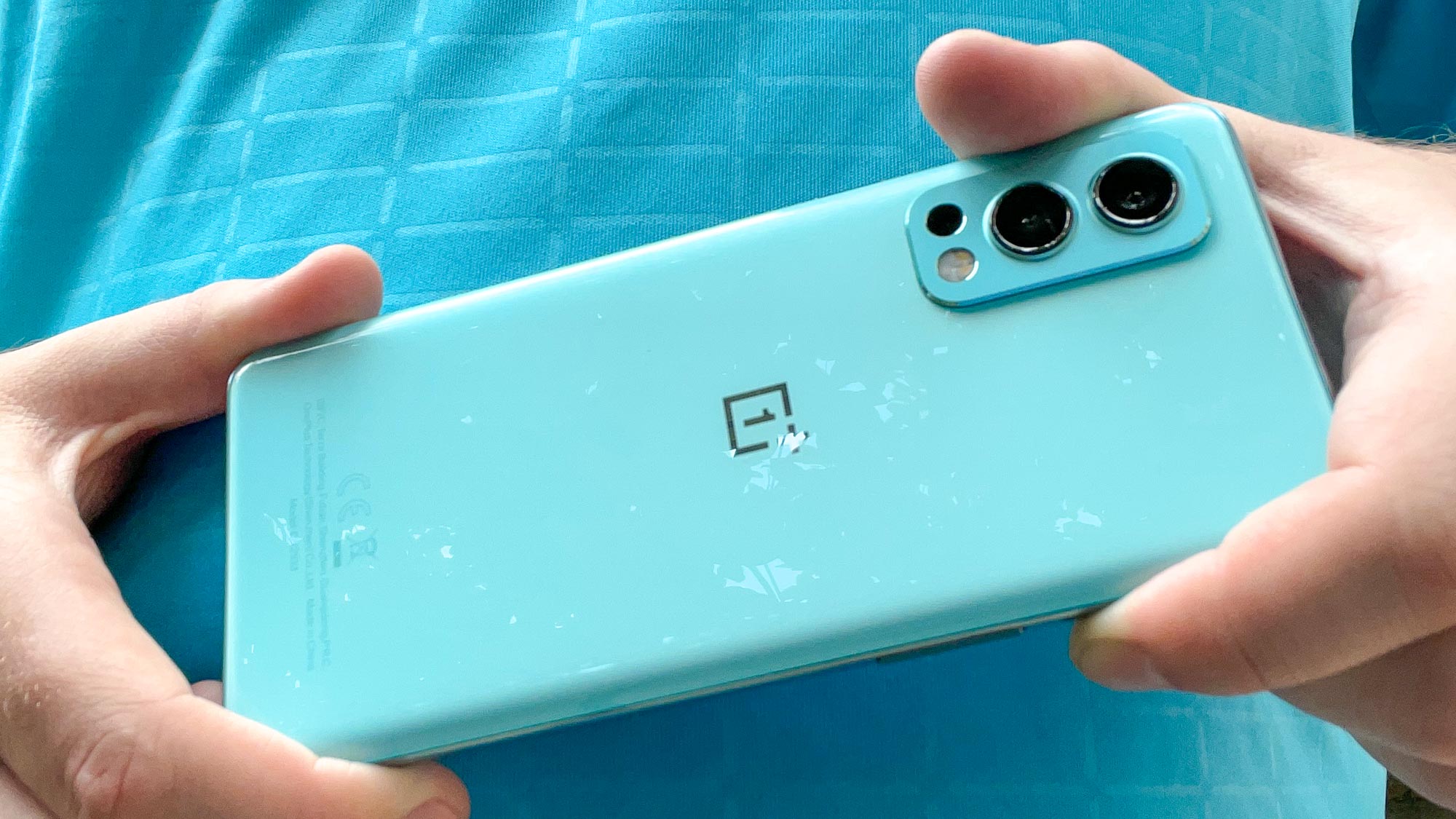
App icons are between the app screenshots and that button, which may appear perplexing at first, but swiping across them allows you to cycle through the apps much more quickly than swiping across the screenshots above. If you don’t have one, you may ignore the icons and swipe over the screenshots, which works similarly to any other phone. It’s a clever technique that makes accessing an app you used a while ago (along with a slew of other apps) considerably faster than otherwise. It takes a little getting used to, but it doesn’t change the way the Recents page functions; it simply offers some more functionality that you can use if you need it.
On the Nord 2, gesture navigation is an option, and it works flawlessly. We experienced no problems, complaints, or bugs; altogether, it’s a great implementation that, mercifully, allows you to disable the useless “gesture guidance bar” pill-shaped thing at the bottom of the screen. You can still instantly return to your prior app by swiping across the bottom of the screen; thus, getting rid of that eyesore does not affect functionality. The fact that you can make the back gesture vibrate every time you use it is also a plus in our eyes; it adds a touch of physicality to the motion by responding. You can, however, turn it off if you don’t like it.
However, these aren’t the only motions available with OxygenOS. If you’ve ever used a OnePlus phone, you’ll know that there are other screen-off gestures, such as drawing a V to switch on the flashlight or an O to access the camera. We have to admit that we constantly turn these on and then promptly forget about them; nevertheless, if you remember that they exist, they are charming and function well – though not always on the first try.
However, with a fingerprint sensor as quick and precise as this one, you won’t save much time drawing gestures than simply unlocking and hitting the corresponding icon on your home screen. However, these screen-off motions offer a different method of doing things that you might enjoy, and we don’t think their presence obstructs the OxygenOS experience.
If the two included aren’t enough, you could add more, and you can also snap a screenshot using a three-finger swipe down the action. We made sure this was on, just like the others, and then never utilized it because pushing power+volume down is too imprinted in our muscle memory or something. This feature, on the other hand, maybe more valuable to you.
You could say that double-tapping or pressing and holding the power button are “gestures” depending on how far you want to stretch the definition of the word “gesture.” In this case, you’ll be happy to know that both of those actions are customizable, though the long-press can only access the power menu and Google Assistant. In contrast, the double-tap can either do nothing or open the Camera app. We chose the power menu for the long-press because Google Assistant is much easier to call via voice. We appreciate the ability to get right to the Camera app with a double press of the power button.
Smoothness and Performance:
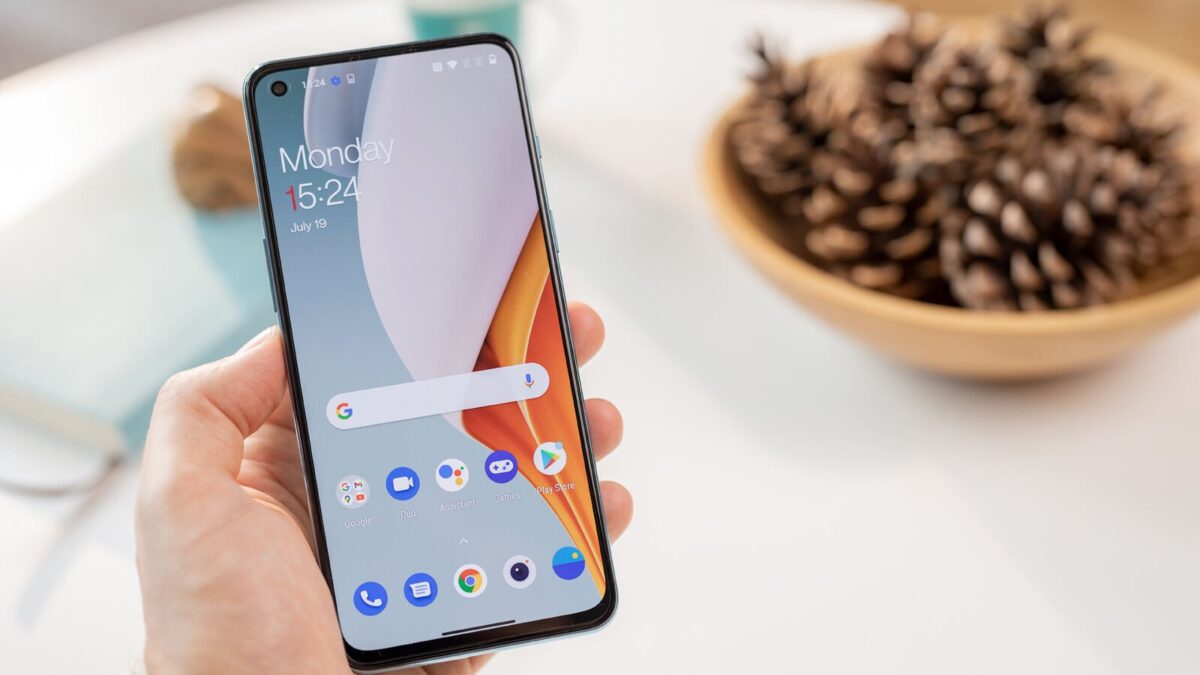
While the MediaTek Dimensity 1200 SoC in the OnePlus Nord 2 may not be up to Qualcomm’s latest and greatest, it’s still a capable upper mid-range chipset that should feel indistinguishable in use for all but intense gaming. Both OxygenOS and ColorOS currently offer generally smooth software experiences. However, the problem with this phone is its screen’s refresh rate, which keeps its smoothness below that of even cheaper handsets with 120 Hz displays.
Sure, it’s one of the smoothest 90 Hz displays you can get, but physics is physics, and 90 Hz beats 120 any day of the week. So, given what it has to deal with, the Nord 2 achieves exceptional smoothness levels. However, because of its constraints, it will never rank higher than the centre of the pack in our unofficial subjective smoothness rankings. While having a 120 Hz screen does not guarantee that a phone will move to the top of the rankings, not having one ensures that it will remain at the bottom.
As previously stated, the performance is excellent. Despite the refresh rate, you won’t notice that this isn’t a ‘real’ flagship SoC powering the Nord 2 for 99 per cent of daily activities that aren’t severe gaming. It’s lightning-fast, and it feels like a Snapdragon 870 or 888 in everyday chores unless you’re attempting to push the limits. The Nord 2 didn’t require a newer chipset; instead, it required a faster refresh rate screen.
Life of the Battery:
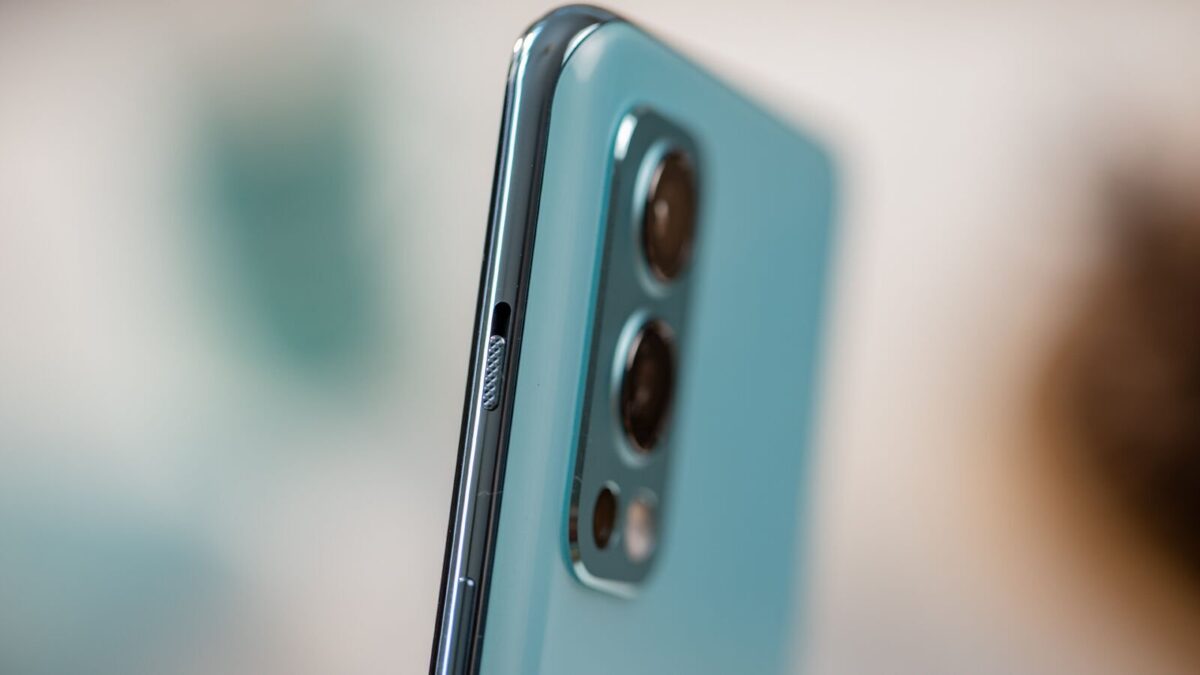
The OnePlus Nord 2’s battery life has been excellent, and when you consider the battery’s good but not record-breaking capacity, “excellent” becomes “amazing.” To emphasize how big a game-changer, rapid charging is in real-world settings. There’s also no way this is one area where the Nord 2 completely outperforms its competition in terms of price.
Suppose you’ve never used 60+W fast charging before. In that case, a quick top-up replenishes the battery much more than you’d imagine, and it means that even if your typical use case is far mo area where the Nord 2 completely outperforms its competition in terms of price. Consider this: you can go from 0% to 100% in just 31 minutes! Of course, you’ll need to utilize the included charger to reach the top speeds, but that’s been the case with VOOC/SuperVOOC/Warp Charge for years.
With our usage, we discovered that six hours of screen time was always possible in a day, with seven hours being highly likely. We could have pushed for eight hours on certain days, but with a use case similar to ours, that’s about the maximum you can anticipate from this phone (and you shouldn’t expect to hit eight hours every day). These are impressive results for a battery that only has a capacity of 4,500 mAh, matching the endurance of many devices with 5,000 mAh batteries (or thereabouts).
If your usage is anything like ours, the screenshots above will give you a sense of what to expect. Otherwise, the typical caution applies: your mileage may vary.
The Nord 2 lacks wireless charging, which is understandable given its price point, as this feature is still reserved for more costly phones worldwide.
We used the OnePlus Nord 2 for about 12-16 hours per day off the charger for this long-term review, with the Ambient Display set to always-on, primarily Wi-Fi connectivity, about an hour or two of mobile data, Bluetooth always on, about an hour or two of listening to music or podcasts via Bluetooth with TWS earbuds, location always on, and about half an hour to an hour of navigation via Waze or Google Maps.
We appreciate that in the Battery settings, there’s a feature called “Optimized night charging,” which, if enabled, knows when you’re likely to be sleeping and, if you charge your phone during that period, regulates the charging speed to avoid overcharging. This means that it will not set to 100% right away but will instead wait until the morning. It’s an excellent function that gives you a heads-up while it’s working, so you can turn it off if you need a rapid, complete top-up in the middle of the night for any reason.
Working in tandem with this is “Sleep standby optimization,” which decreases the amount of background data consumed and displays fewer messages based on the same calculations as to when you might be sleeping. If you pick up your phone in the morning and it appears to have very few alerts are waiting for you for a moment or two, but then many more start rolling in simultaneously, you’ll know it’s working.
We didn’t mind leaving this on because, since DND mode never worked, it at least helped to reduce the number of notification chimes going off while we were trying to sleep, if not wholly suppress them as DND mode should have done (see the Software section of this review for our whole rant about DND and all the other bugs we’ve encountered).
Camera:

The camera setup on the OnePlus Nord 2 is quite impressive. The primary sensor is the Sony IMX766, which, although not breaking any size records, is nonetheless flagship-grade and is utilized on higher-end devices by both Oppo and OnePlus. At this price range, that’s certainly exciting. Still, the ultrawide is less spectacular (bill of materials cutbacks have to be made somewhere), with a poor 8 MP resolution and no autofocus, and telephoto is missing entirely.
Even more expensive gadgets lack optical zooming capabilities, so we can’t blame the Nord 2 for not having it. At this price point, the absence of autofocus for the ultrawide is also expected. However, unlike most of its competitors, you won’t be able to take macro photographs with the Nord 2, which lacks a dedicated low-resolution macro shooter.
During the day, the primary camera generates shots that, while generally excellent, don’t always appear flagship-worthy – some are excellent, while others are only adequate. We anticipated more than “excellent for the price point” from this phone’s primary camera sensor with its top-of-the-line reputation.
You get a lot of contrast, a lot of dynamic range, and somewhat realistic colours (if oversaturated, as is generally the case in phones nowadays). Foliage is a mixed bag, and while some look nice, we were expecting something spectacular. Oversharpening can be a problem at times. We avoided the AI toggle because it saturates colours well beyond what we consider acceptable. We also shot with HDR set to Auto because it’s the default, and we figure most people won’t mess with it.
The sharpness fluctuates a lot from photo to shot. The ultrawide can expect outstanding detail, vibrant colours (although slightly exaggerated), and a wide dynamic range. However, there is too much contrast in many pictures, and the greenery never appears natural. While none of the photographs is particularly terrible, their unpredictability isn’t appealing (pun intended).
Despite the lack of a zoom lens, there are 2x and 5x toggles in the viewfinder, which we tried out. This isn’t some magical zoom; it’s just a standard cut and upscale digital zoom operation.
As a result, the 2x photographs will always look better than the 5x images, with the latter approaching and occasionally entirely entering the oil painting realm. Most of these are better viewed on phone displays than anything more significant. Their flaws (to put it mildly) quickly show up on a computer or television.

The primary camera delivers good photographs with excellent detail, generally good exposure, low noise, and beautiful colours in Auto mode at night. Thanks to OIS, you won’t get any blurry images, which is a great benefit at this pricing point – more competition should indeed have OIS in their primary cameras.
Night Mode improves things further; therefore, you should use it as often as possible after the ambient light levels drop. The Night Mode images are more detailed, have less noise, and have more saturated colours (but not to the point of being cartoonish), while the highlights have been restored and the shadows have more clarity. Overall, this is a fantastic Night Mode.
Unsurprisingly, the ultrawide struggles at night, spitting out consistently underexposed photos. Even still, the noise reduction isn’t as aggressive as other devices, which means less fine detail gets smeared.
Night Mode slightly improves the ultrawide’s performance, assuming you can sit still. You’ll obtain better exposure and overall brighter images with more clarity and detail if you don’t move for a few seconds. The colours appear to be better, although these images are still not spectacular. At the same time, it works because there is no optical image stabilization (OIS) on this camera, any movement in your hands while recording will blurriness.
The 2x zoom images at night aren’t very nice, which is expected given that it’s all digital zoom. We’d say these are good for sharing on social media or something similar in a pinch.
That does not, however, apply to the 5x shots, which are, without a doubt, always squarely in oil painting territory at night. So, if you can, “zoom with your feet,” as they say, because the primary camera, as explained above, is competent at night.
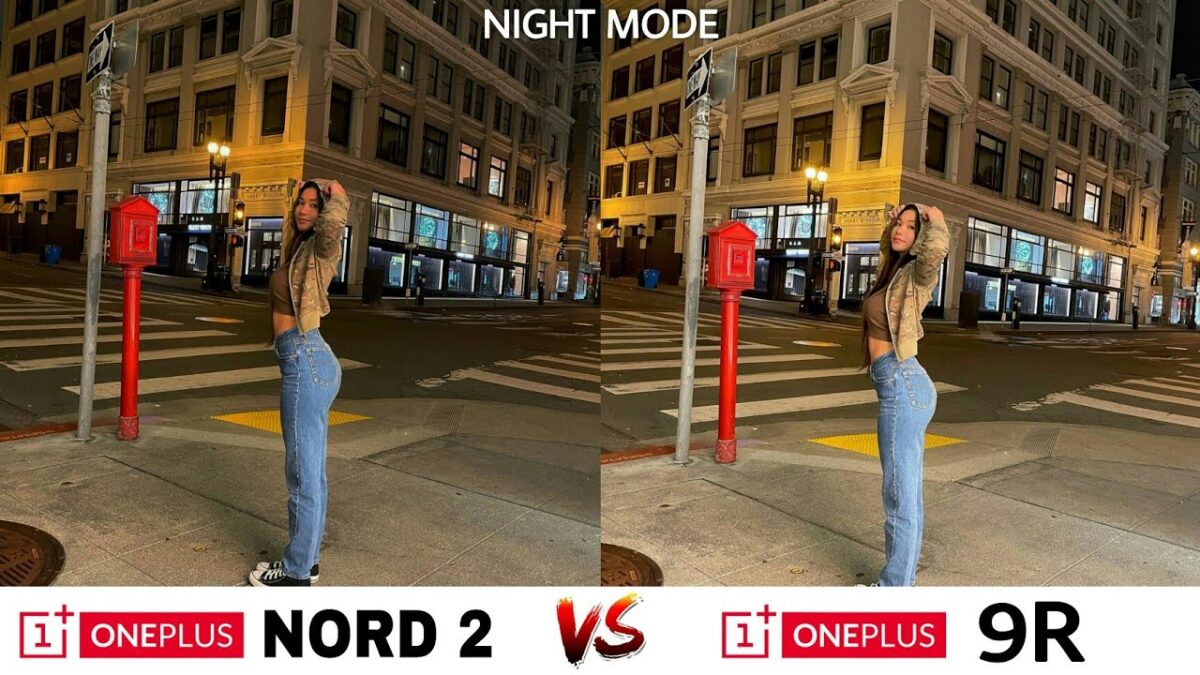
Night Mode works on zoomed images, although given the quality deterioration inherent in the digital zooming process, there’s only so much it can accomplish.
When there’s a lot of natural light, selfies are ideal. They’re sharp, with a lot of detail, strong contrast, vibrant colours, and a wide dynamic range. Selfies will lose some sharpness when the light surrounding you dims even slight, but they will still be acceptable.
Things depend entirely on how much light there is around you at night, and utilizing the screen flash can help brighten up your face significantly. Photographs in portrait mode are feasible, and they have good colours and contrast throughout the day. Subject separation isn’t ideal, but it’ll suffice if you need to take a selfie in Portrait mode. However, they are less detailed than the Auto mode selfies.
Given its flagship capabilities, we expected the Nord 2’s primary camera to perform beyond its price range going into this long-term assessment, and it certainly does so at night. During the day, with competing gadgets costing approximately the same, there is less of a difference. It creates excellent photographs, but the random oversharpening tendency is perplexing, and shots that would benefit from a competent HDR algorithm often come up short.
The ultrawide is better during the day than expected, but it’s not even close to the primary shooter at night. Zooming on the Nord 2 should, in our opinion, be done only during the day and only when you don’t have any other options.
Verdict:
The OnePlus Nord 2 isn’t a true high-end smartphone, yet it’s also not a ‘flagship killer.’ On the other hand, it’s not a standard midrange. It has a penchant for eluding simple categorization, which is intriguing but doesn’t answer the question you’re (probably) all here to ask: is it a decent phone?
Regrettably, that is not a simple issue to answer. We can go as near as we can by saying… It’s a difficult situation. Let’s begin with the positive aspects. On paper, the Nord 2 features a flagship-level primary camera, and in practice, that claim is more than fulfilled while shooting in low light. During the day, there’s less of a difference between it and competitors at the same price point, and the ultrawide performed slightly better than its specs suggested (though for most shooting settings, it’s probably best ignored at night).
Performance is excellent, and you won’t notice any difference between the Density 1200 SoC used here and, say, a Snapdragon 870 in everyday jobs that aren’t intensive gaming. We’d classify the 65W fast wired charging as flagship-level because few smartphones, regardless of the price range, have ever gone higher, and the convenience of a quick charge cannot be overstated. This leads us neatly to battery life, which is quite good, and when you consider its capacity to work with, it becomes “amazing.”
The screen is where things become tough since, while the panel itself is suitable for the price range, the refresh rate isn’t. In a world where even Samsung’s competitively priced midranges choose for 120Hz, this is one of the Nord 2 package’s weak aspects. This would have been less of an issue a year ago, but now we can’t ignore it – even if the improvement you’re receiving with 90Hz is acceptable if you’re coming from a device with a 60Hz panel.
However, the philosophical question remains: OnePlus could have gone with a 120Hz display but opted not to. We presume this was done at least in part to save money, and we’d accept it if the Nord 2’s price were considerably lower than its competitors, but it isn’t. It’s also possible that the corporation didn’t want the Nord 2 to eat into sales of its more expensive gadgets, but it’s a clear anti-consumer move that we can’t support.
Now, since we’re on philosophy, let’s talk about software. OxygenOS has developed a cult following over the years thanks to its ability to stay near to stock Android while providing more customization choices – most of which we found to be well-thought-out and not just gimmicks thrown into pad marketing materials. However, OxygenOS is currently undergoing a makeover that will most likely become nothing more than ColorOS with a new name (looking at you, Realme UI).
On the OnePlus Nord 2 , we aren’t quite there yet, but that will most certainly change once Android 12 is released. For the time being, OxygenOS 11.3 on the phone has ColorOS underpinnings but still looks and feels like OxygenOS. It’s also complete with bugs. There were a lot of them, and they appeared and vanished at random. During our time with the phone for this review, it received a slew of updates, and the security patch level was consistently current or only one month behind, which isn’t great but not wrong at this price point.
And then there are the bugs. Unfortunately, OxygenOS has a reputation for being bug-ridden in recent years, and we can’t say that our time with the Nord 2 was bug-free. However, all of the flaws mentioned in the Software section may not apply to your use of a phone. Keep that in mind, but there’s a more critical point to be addressed here: the lack of predictability.
Some flaws were introduced by specific upgrades and subsequently corrected by subsequent versions, while others persisted for months. Any new update may include new bugs, which, in our opinion, is unacceptable in 2022. Not to mention that the OnePlus 9 and 9 Pro’s move from OxygenOS 11 to ColorOS-based OxygenOS 12 has been anything than smooth, and the Nord 2 will be no different. Will it be more accessible because this phone already has a ColorOS layer? Maybe. Hopefully. But we can’t promise it, and if you’re considering purchasing this phone right now, you’ll have to deal with it.
Overall, the OnePlus Nord 2 is a fascinating product unlike anything else on the market. It’s better in some ways and worse in others, and whether it’ll be the best phone for you in early 2022 relies entirely on what you value most in your phone usage. We’ve enjoyed every part of our time with it except those identified as bugs or annoyances, so we can’t advise you to avoid it.
However, we would think twice about purchasing it unless you have a genuine need for its unique capabilities. And if you don’t want to wait, Samsung has a Galaxy A52s 5G to sell you for an exact price. Don’t care for Samsung? Take a look at the Xiaomi Mi 11 Lite 5G or 11 Lite 5G NE phones. If you’re looking for more excellent performance and don’t care about camera quality, the Poco F3 (which we reviewed extensively last year) is a great option.
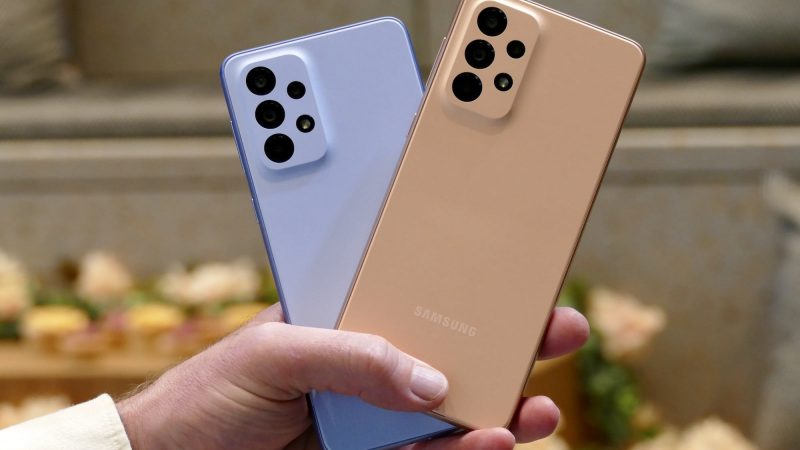

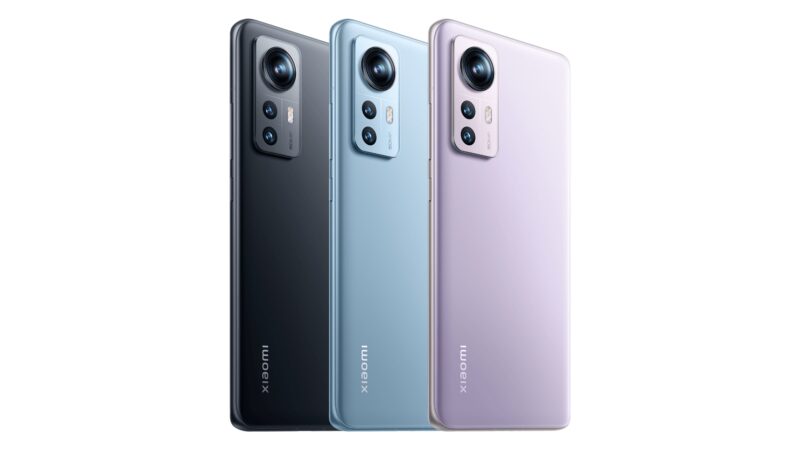
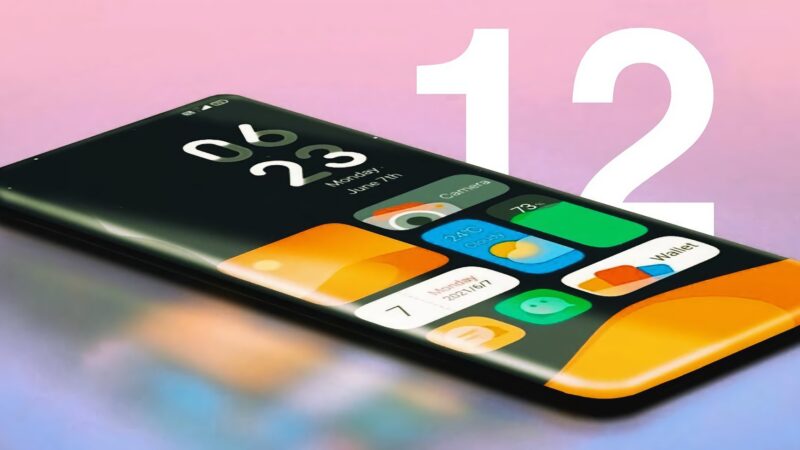


I could not resist commenting. Perfectly written!
Thanks Trudie Aschenbrener